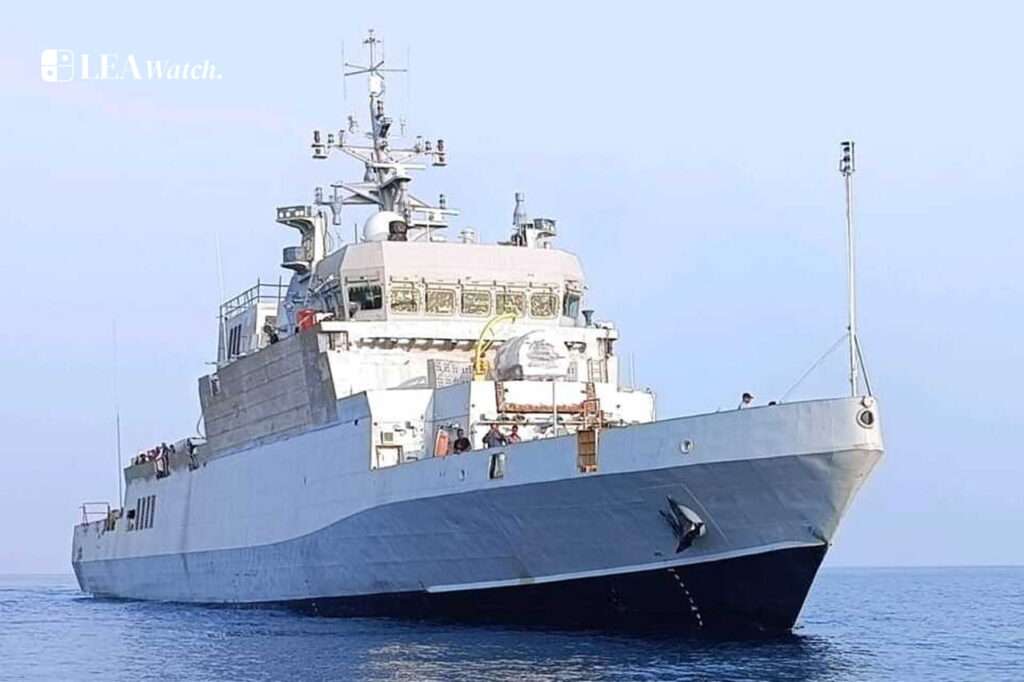India has welcomed INS Androth the second vessel in the Arnala-class Anti-Submarine Warfare Shallow Water Craft (ASW-SWC) series, as commissioned into service from Garden Reach Shipbuilders & Engineers (GRSE). The design- international standard with a 900-ton displacement and 77m in length – also features a top speed of 25 knots. The craft is designed for shallow coastal water operations where larger warships and submarines will have no effect and features hull-mounted and advanced shallow-water sonar capable of tracking submarines in a noisy littoral environment. The craft is armed with lightweight torpedoes, ASW rockets, depth charges, and a 30 mm gun. In addition to defence, the capability to lay sea mines provides India with an offensive operational baseline. The craft is powered by diesel engines with water-jet propulsion, allowing it to operate in hostile areas close to shore, and it also features a high degree of maneuverability when hunting submarines in confined waters.
In geopolitical terms, INS Androth is critical. India is dealing with increased submarine operations in the Indian Ocean from China and a Pakistan Navy that is rapidly modernising, with the help of Beijing. Arnala-class ships are named after islands in India, and intended to be part of the coastal ASW (anti-submarine warfare) umbrella to protect crucial sea lanes, ports, and islands such as Lakshadweep and Andaman & Nicobar.
India’s project has close to 80% indigenous content and contributes to India’s ability to self-reliance in defence by demonstrating it can build production warships that are not only complex vessels. In this way INS Androth is more than a coastal patrol vessel – it is a representation of India’s intent and commitment enough to prepare and protect its own territorial waters in the Indian Ocean Region any time.

